Ethereum 2.0 will make its first update soon
Ethereum 2.0 will make its first update soon : Ethereum co-founder Vitalik Butrin announced yesterday that he will soon launch Ethereum 2.0 first Beacon Chain hard fork, the HF1. This hard fork is supposed to play the role of an experiment before making more fundamental changes.
According to the Quin Telegraph, this hard fork will allow developers to run several key updates on the Beacon Chain. Doing these updates also provides an opportunity for practical testing that will ultimately lead to deeper changes in the future.
The biggest application change in this hard fork is the support for light clients or light clients. These nodes work with minimal resources and can be installed on mobile phones. Light nodes can take on the task of approving the Blockchain themselves, instead of relying on foreign providers.
There is a concept in the Ethereum called the “Sync Committees”. The job of this group of validators is to randomly generate specific signatures that make it easier to determine the correct version of the chain. Light Node support is also provided based on this goal.
Correcting and fixing potential vulnerabilities are among the other changes that this fork will bring. According to the developers, these vulnerabilities could be used to reorganize the Blockchain. It is worth noting that these problems require very precise scheduling and their implementation must be done with great skill, however the attacker can take advantage of these vulnerabilities by controlling a small set of validators. Butrin wrote that these vulnerabilities existed before the launch of Ethereum 2.0, but were discovered late and could not be rectified before launch.
Implementing the penalty mechanism is one of the other changes that will be implemented in this hard fork. Penalties in Ethereum 2.0 are called Slashing. At present, shareholders of Ethereum 2.0 may lose some of their capital due to inactivity or support for a shorter chain. This mechanism creates a kind of penalty for them and neutralizes their motivation to carry out attacks.
It is possible that shareholders who operate on their own and with home internet will face problems. For example, weak internet or blackouts can cause the loss of capital of these shareholders. Therefore, it can be said that this update can make things easier for these people. The capital deduction mechanism uses a powerful system as a penalty; This means that there is a difference between a fine for a person who is constantly disconnected from the network and a person whose communication distance is long. For example, a shareholder who has been disconnected from the network 10 times for 6 minutes each time (1 hour in total) will be fined 10 times less than a person who has been disconnected from the network for one consecutive hour.
On the other hand, the capital deduction mechanism will be gradual and the amount of the fine will not be reduced at once. This procedure causes the shareholder to lose capital as long as it does not meet the minimum requirements for network security.
In this hard fork, in addition to facilitating the situation for people who make unintentional mistakes or whose mistakes were not made with bad intentions, the work has become more difficult for attackers who are looking to disrupt the network. In fact, this upgrade reduces system simplifications.
It is unknown at this time what he will do after leaving the post. Because there are still steps such as their development and review. During this time, Ethereum developers are looking for a name for HF1, which stands for Hard Fork # 1. Suggested letters include names of stars, letters related to the field of astronomy, months of the year, and various areas of the “WOO” game.
Ethereum 2.0 will make its first update soon

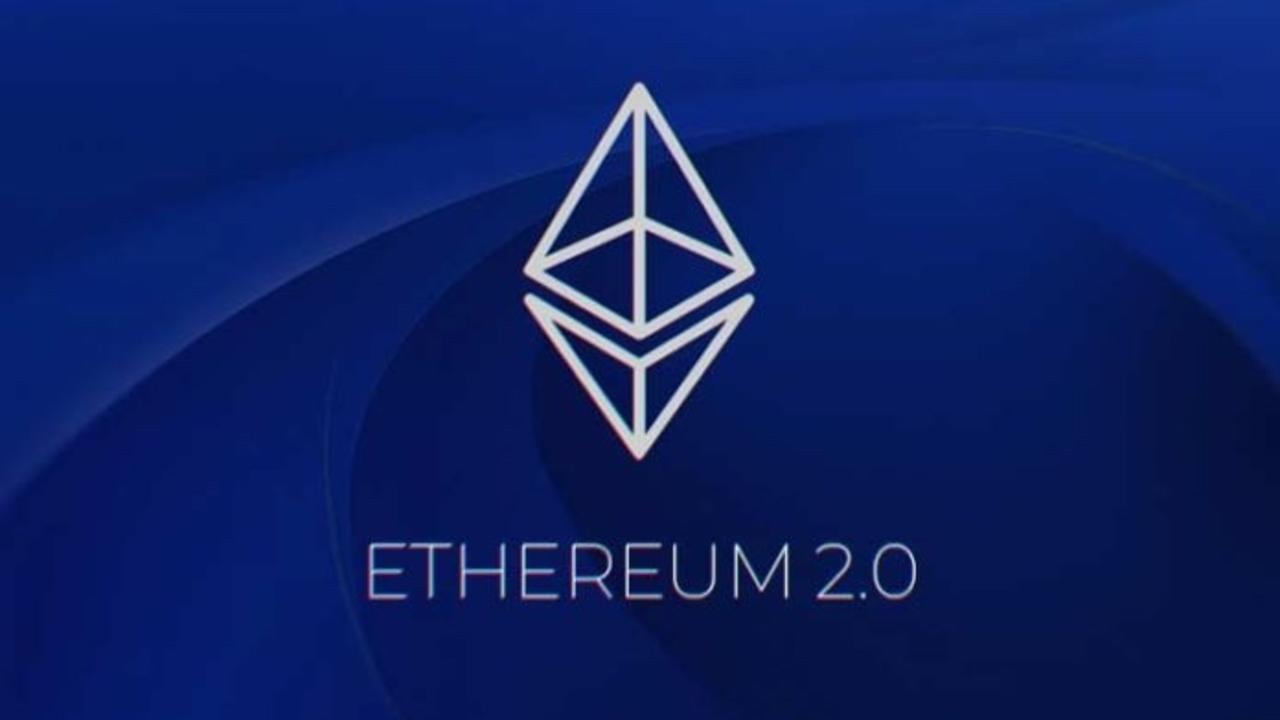

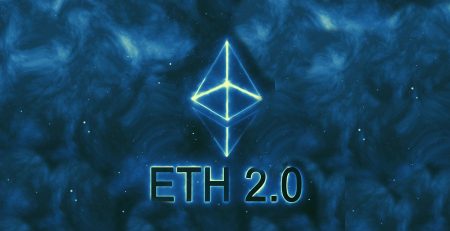



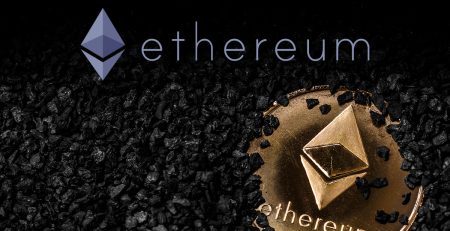
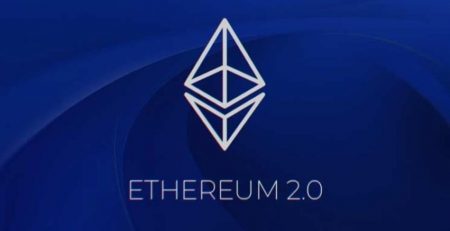



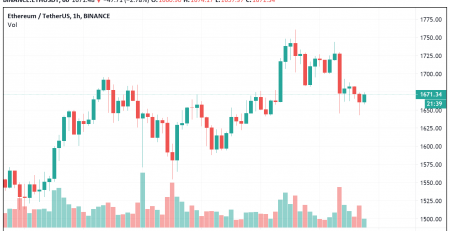

Leave a Reply